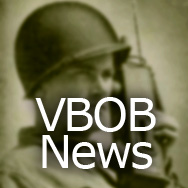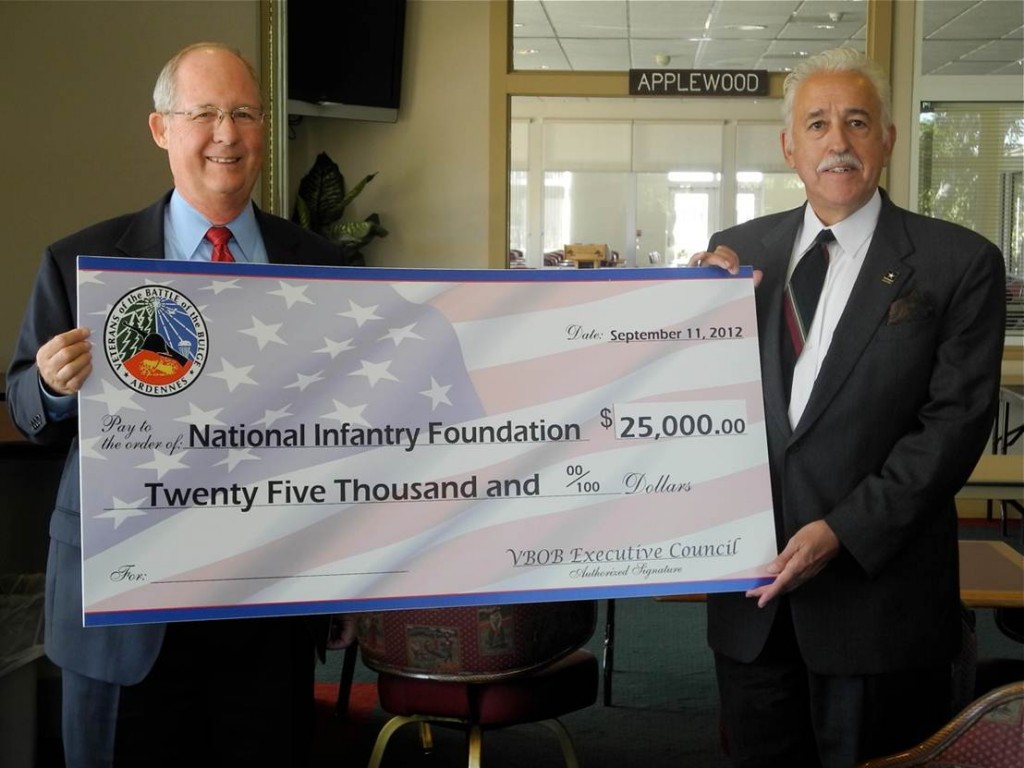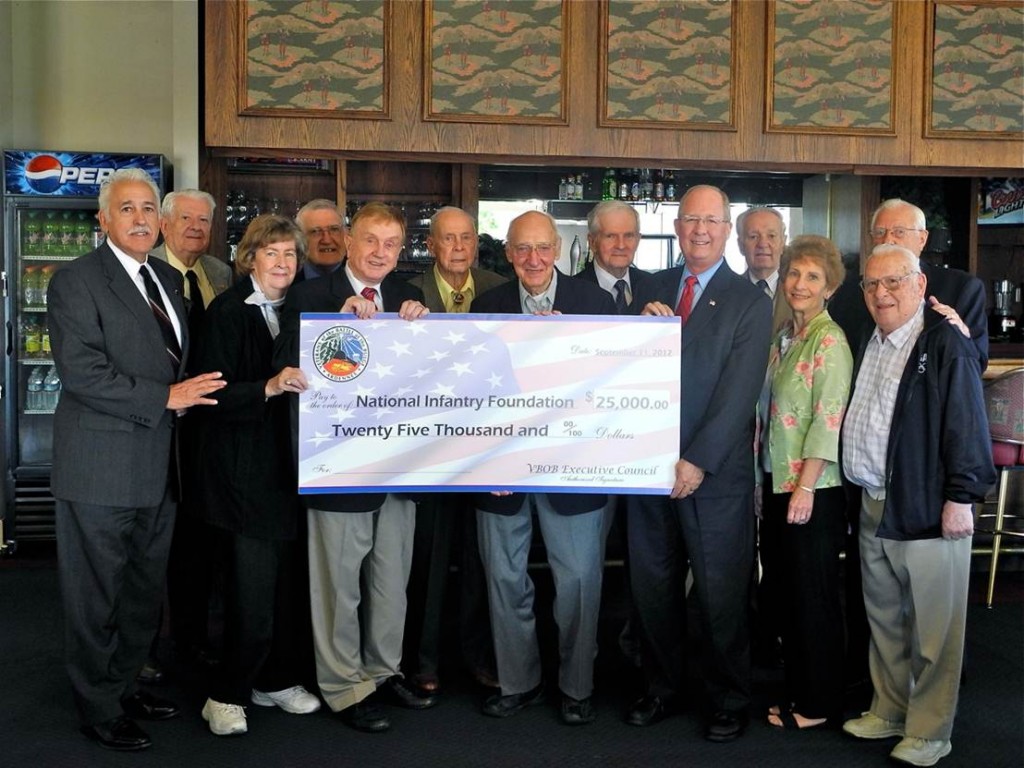Born May 19,1920 – St. Paul, MN. – named Thomas Walker Hope III after an uncle and a great uncle in London, England.
One of the books that I read in high school intrigued me, the “Autobiography of Edward Bok.” He had been the long time editor of one of the most popular magazines of the mid 20th Century, the Saturday Evening Post. He was Dutch, coming to this country in 1870 as a seven-year old. As he left Holland, his grandmother’s parting words were, “Edward, you must leave the world a little better than you found it!”
What sage advice. And what a challenge for me. I chose it for my life’s goal.
Graduated from high school in 1937 and in June I received my Boy Scout Eagle. The following summer as a counselor at Frank Neibel Scout Camp in Wisconsin I added the bronze palm.
In July 19371 attended the first National Boy Scout Jamboree in Washington, DC. and then went to Europe on the Cunard Aquatania ocean liner. First a few days in England, then to Paris, Antwerp, Belgium and finally to the 5th International Scout Jamboree in Holland. I shot 1000 feet of the new 16mm Kodachrome color film to start what became my first career, filmmaking.
That fall I stared the University if Minnesota. At the same time I and three other Scouts who had gone to Holland gave the story of the Jamboree trip to high school groups and church youth groups. I showed my film. I was so immersed in those presentations that I did poorly at the U.
My mother had younger sister in El Paso, Texas. Mother and dad figured a change of scenery might help me get on track. It did.
At Texas College of Mines, now UTEP, I was active in college affairs and joined a local fraternity that wanted to go national. By my senior year we had joined Phi Kappa Tau and I was elected as the new chapter’s first president. Roland Maxwell came from California to induct the chapter.
By December 1941 we were at war. I was drafted three weeks before graduation and received my degree in absentia. My first assignment in the Army was as a movie cameraman for the new First Special Service Force, joint American and Canadian troops being trained for the invasion of Europe. Using movies, I helped change the style of parachute landing in both the American and Canadian armies.
Becoming a photo officer, I taught and then ran the Army Motion Picture School in New York City. Then over to Europe for 14 months of combat, ending in 1945 as photo officer for the Ninth Army with the rank of captain.
Over the following four plus decades I had four careers. First as an industrial film producer at General Mills in Minneapolis and in early television. For example I started the Lone Ranger TV show in 1949.
For my second career, in 1952 I was as a Marshall Plan consultant in Paris helping the French recover after seven years of war. Next I turned down the Department of State that wanted me next to move to Athens to help the Greeks. Eastman Kodak and Rochester was next in 1954 when I became a film consultant…. Taking early retirement from Kodak in 1970, for my third career my wife and I started Hope Reports, an audiovisual and media market research firm. We published 50 books with findings related to the industry. For the next 32 years. I had some interesting experiences. For example I was involved in the birth of video recording.
Now in my fourth career I am writing. My first book for veterans, “Bonding for Life,” is of 60 post-war years of the First Special Service Force…. Currently I have completed my memoirs of WWII, “Combat Cameramen.” Now my agent is seeking a publisher….. .. ..Working with a team of Battle of the Bulge vets, we are ready to print a book of veterans’ stories, “The Battle In Common.” And then begin to sell it.
In 1949 I married Mabeth Stewart who was a General Mills secretary I had cast in a film. We have three sons, now married, each to wonderful wives. And five grandchildren who are making us grandparents proud of their accomplishments.
I should mention that as a young boy scout in St. Paul I joined the Pine Bend Scout Club, still going now as an association serving scouts of today. Here’s a record – not a single one of my early contemporary scouts has had a divorce!
As I write my life summary, I hope I have helped to make this a better world.


